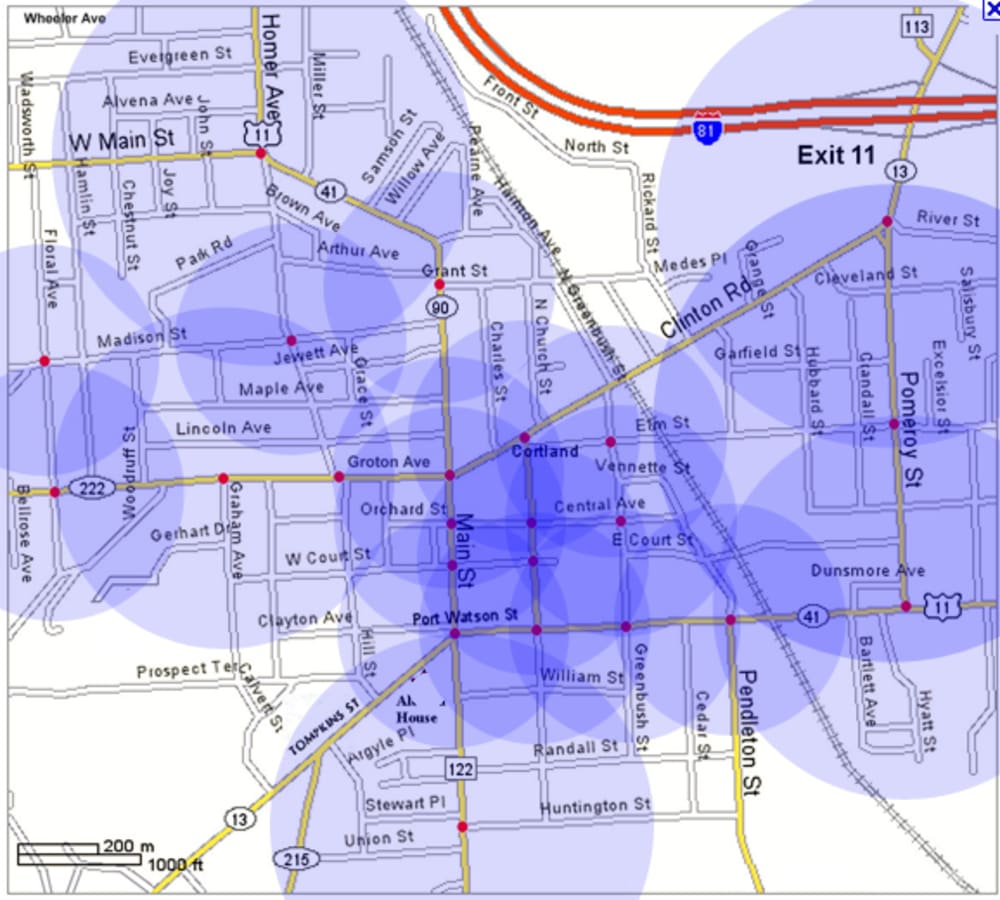How many times have you seen this happen: a clump of a dozen vehicles are cruising along a major 4 lane street and 1 car on a side street approaches a red "smart" traffic light. Consequently the light (which is ignorant of the approaching dozen cars) changes in favor of the single car and wastes the kinetic energy (originally, fossil fuel) stored in the 12 vehicles. If only the light had "known" to wait another 7 seconds, the 12 vehicles would have sailed through. How many times does this happen across the country every day?
The benefits of a smart network of information-sharing traffic lights are many: energy savings, reduced dependence on fossil fuel, smoother flowing traffic, less frustration and wasted human potential, fewer trips to the brake shop, perhaps even fewer traffic accidents at intersections.
Hybrids/electrics with regenerative braking mitigate the energy loss, but no where near 100%, and what percentage of vehicles today have regenerative braking? As for emergency vehicles, nothing changes in their current methods or protocol. Of course, it would be possible for the emergency vehicle to have a way to communicate with the traffic light network via the same wireless technology, but that would be a bonus on top of the primary purpose of the idea.
Note that at most key traffic lights the sensors are already in place. The missing piece is the flow of "look ahead" information. When traffic light "A" senses a group of cars pass through heading west at 45 mph, it can pass that info to the traffic light "B" to the west. Through adaptive distributed algorithms, each node learns the characteristics of it's locale, for example how long it takes for cars passing through a green light at A to reach B. Comparable algorithms have been developed for swarms of cooperating UAVs and robots. Clearly the fixed node algorithms will be easier to develop. The goal of the algorithm is to find the "openings" in the green direction to allow the single car through with minimal disruption and energy loss.
The network connections between neighboring traffic lights could be hard-wired or wireless. For ease of installation, a wireless technology such as Zigbee would work in most cities and towns. Antennas could optionally be directional (4 directions, for example) to extend reach where necessary.
To implement the idea, both hardware and software needs to be developed. We envision a small weather proof box mounted on the upright pole of the structure supporting the traffic lights. Signal strength will be enhanced due to the elevation above ground level. The box would be connected to power and to the sensors at that intersection. A very modest and low cost DSP will be able to run the algorithm for it's node and communicate with neighboring nodes.
It's time to take the next step in smart traffic lights by leveraging networking and adaptive algorithms.
Like this entry?
-
About the Entrant
- Name:Douglas Ivers
- Type of entry:teamTeam members:Douglas Ivers
Michael Heath - Patent status:none

